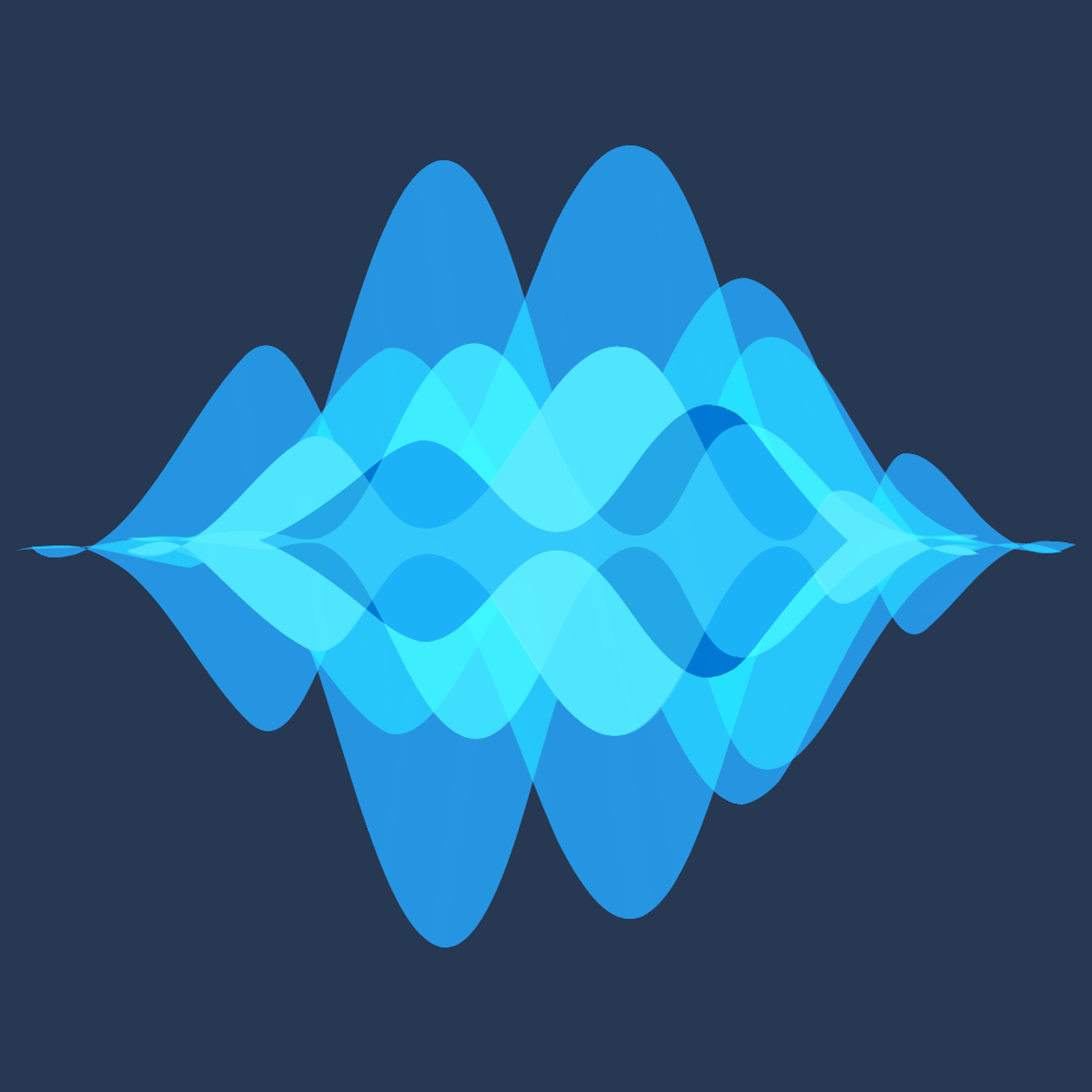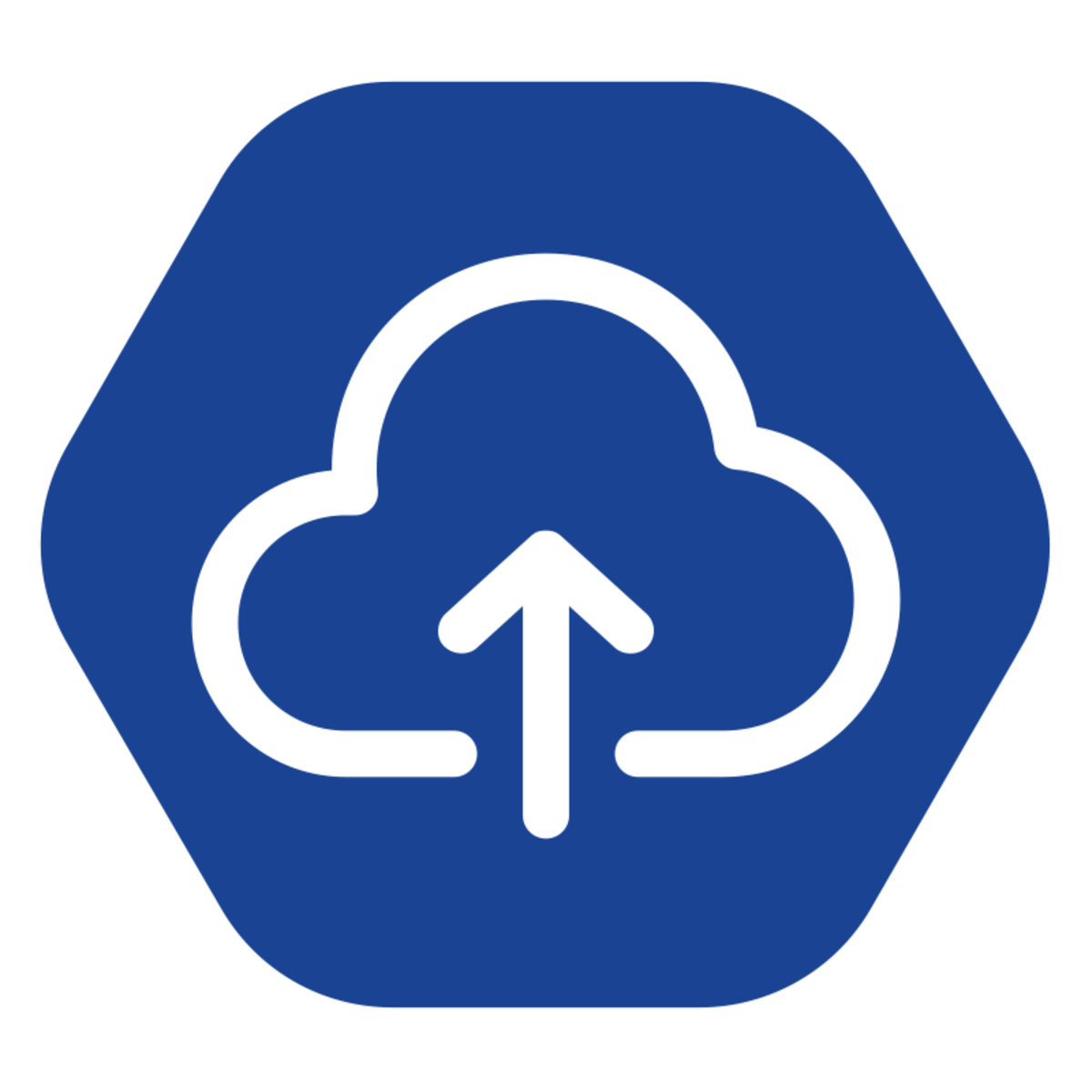Back to Courses









Data Science Courses - Page 120
Showing results 1191-1200 of 1407

Natural Language Processing in Microsoft Azure
Natural language processing supports applications that can see, hear, speak with, and understand users. Using text analytics, translation, and language understanding services, Microsoft Azure makes it easy to build applications that support natural language.
In this course, you will learn how to use the Text Analytics service for advanced natural language processing of raw text for sentiment analysis, key phrase extraction, named entity recognition, and language detection. You will learn how to recognize and synthesize speech by using Azure Cognitive Services. You will gain an understanding of how automated translation capabilities in an AI solution enable closer collaboration by removing language barriers. You will be introduced to the Language Understanding service, and shown how to create applications that understand language.
This course will help you prepare for Exam AI-900: Microsoft Azure AI Fundamentals. This is the fourth course in a five-course program that prepares you to take the AI-900 certification exam. This course teaches you the core concepts and skills that are assessed in the AI fundamentals exam domains.
This beginner course is suitable for IT personnel who are just beginning to work with Microsoft Azure and want to learn about Microsoft Azure offerings and get hands-on experience with the product. Microsoft Azure AI Fundamentals can be used to prepare for other Azure role-based certifications like Microsoft Azure Data Scientist Associate or Microsoft Azure AI Engineer Associate, but it is not a prerequisite for any of them.
This course is intended for candidates with both technical and non-technical backgrounds. Data science and software engineering experience is not required; however, some general programming knowledge or experience would be beneficial. To be successful in this course, you need to have basic computer literacy and proficiency in the English language. You should be familiar with basic computing concepts and terminology, general technology concepts, including machine learning and artificial intelligence concepts.
Practical Predictive Analytics: Models and Methods
Statistical experiment design and analytics are at the heart of data science. In this course you will design statistical experiments and analyze the results using modern methods. You will also explore the common pitfalls in interpreting statistical arguments, especially those associated with big data. Collectively, this course will help you internalize a core set of practical and effective machine learning methods and concepts, and apply them to solve some real world problems.
Learning Goals: After completing this course, you will be able to:
1. Design effective experiments and analyze the results
2. Use resampling methods to make clear and bulletproof statistical arguments without invoking esoteric notation
3. Explain and apply a core set of classification methods of increasing complexity (rules, trees, random forests), and associated optimization methods (gradient descent and variants)
4. Explain and apply a set of unsupervised learning concepts and methods
5. Describe the common idioms of large-scale graph analytics, including structural query, traversals and recursive queries, PageRank, and community detection

Documentation and Usability for Cancer Informatics
Introduction:
Cancer datasets are plentiful, complicated, and hold information that may be critical for the next research advancements. In order to use these data to their full potential, researchers are dependent on the specialized data tools that are continually being published and developed. Bioinformatics tools can often be unfriendly to their users, who often have little to no background in programming (Bolchini et al. 2008). The usability and quality of the documentation of a tool can be a major factor in how efficiently a researcher is able to obtain useful findings for the next steps of their research.
Increasing the usability and quality of documentation for a tool is not only helpful for the researcher users, but also for the developers themselves – the many hours of work put into the product will have a higher impact if the tool is usable by the target user community. 70% of bioinformatics tools surveyed by Duck et al. (2016) were not reused beyond their introductory publication. Even the most well-programmed tool will be overlooked by the user community if there is little to no user-friendly documentation or if they were not designed with the user in mind.
Target Audience:
The course is intended for cancer informatics tool developers, particularly those creating tools as a part of the Informatics Technology Cancer Research.
Learning Objectives:
1. Understanding why usability and documentation is vital
2. Identifying your user community
3. Building documentation and tutorials to maximize the usability of developed tools
4. Obtaining feedback from your users
Curriculum:
This course will demonstrate how to: Understanding why usability and documentation is vital, Identifying your user community, Building documentation and tutorials to maximize the usability of developed tools, Obtaining feedback from your users
The course includes a hands-on exercises with templates for building documentation and tutorials for cancer informatics tools. Individuals who take this course are encouraged to use these templates as they follow along with the course material to help increase the usability of their informatics tool.
This course is part of a series of courses for the Informatics Technology for Cancer Research (ITCR) called the Informatics Technology for Cancer Research Education Resource. This material was created by the ITCR Training Network (ITN) which is a collaborative effort of researchers around the United States to support cancer informatics and data science training through resources, technology, and events. This initiative is funded by the following grant: National Cancer Institute (NCI) UE5 CA254170. Our courses feature tools developed by ITCR Investigators and make it easier for principal investigators, scientists, and analysts to integrate cancer informatics into their workflows. Please see our website at www.itcrtraining.org for more information.

Get Started with Microsoft Forms
There are many uses for Microsoft online. In this project you will explore Microsoft Forms. You will be able to create surveys, polls, quizzes and invitations for free using the web based Microsoft Forms application. You can tailor the form that you make by adding special fonts, various answer choices and images. Data collection is made easy with the program and you can even track your responses and perform data analytics with your results.

The Data Scientist’s Toolbox
In this course you will get an introduction to the main tools and ideas in the data scientist's toolbox. The course gives an overview of the data, questions, and tools that data analysts and data scientists work with. There are two components to this course. The first is a conceptual introduction to the ideas behind turning data into actionable knowledge. The second is a practical introduction to the tools that will be used in the program like version control, markdown, git, GitHub, R, and RStudio.

Visualizing Data & Communicating Results in R with RStudio
Code and run your first R program in minutes without installing anything!
This course is designed for learners with limited coding experience, providing foundational knowledge of data visualizations and R Markdown. The modules in this course cover different types of visualization models such as bar charts, histograms, and heat maps as well as R Markdown. Completion of the previous course (Data Analysis in R with RStudio & Tidyverse) in this specialization or similar experience is recommended.
To allow for a truly hands-on, self-paced learning experience, this course is video-free.
Assignments contain short explanations with images and runnable code examples with suggested edits to explore code examples further, building a deeper understanding by doing. You’ll benefit from instant feedback from a variety of assessment items along the way, gently progressing from quick understanding checks (multiple choice, fill in the blank, and un-scrambling code blocks) to small, approachable coding exercises that take minutes instead of hours. Finally, a cumulative lab at the end of the course will provide you an opportunity to apply all learned concepts within a real-world context.

Data Processing with Azure
This Azure training course is designed to equip students with the knowledge need to process, store and analyze data for making informed business decisions. Through this Azure course, the student will understand what big data is along with the importance of big data analytics, which will improve the students mathematical and programming skills. Students will learn the most effective method of using essential analytical tools such as Python, R, and Apache Spark.

Predict Gas Guzzlers using a Neural Net Model on the MPG Data Set
In this 1-hour long project-based course, you will learn how to (complete a training and test set using an R function, practice looking at data distribution using R and ggplot2, Apply a Neural Net model to the data, and examine the results using a Confusion Matrix.
Note: This course works best for learners who are based in the North America region. We’re currently working on providing the same experience in other regions.

Apply Generative Adversarial Networks (GANs)
In this course, you will:
- Explore the applications of GANs and examine them wrt data augmentation, privacy, and anonymity
- Leverage the image-to-image translation framework and identify applications to modalities beyond images
- Implement Pix2Pix, a paired image-to-image translation GAN, to adapt satellite images into map routes (and vice versa)
- Compare paired image-to-image translation to unpaired image-to-image translation and identify how their key difference necessitates different GAN architectures
- Implement CycleGAN, an unpaired image-to-image translation model, to adapt horses to zebras (and vice versa) with two GANs in one
The DeepLearning.AI Generative Adversarial Networks (GANs) Specialization provides an exciting introduction to image generation with GANs, charting a path from foundational concepts to advanced techniques through an easy-to-understand approach. It also covers social implications, including bias in ML and the ways to detect it, privacy preservation, and more.
Build a comprehensive knowledge base and gain hands-on experience in GANs. Train your own model using PyTorch, use it to create images, and evaluate a variety of advanced GANs.
This Specialization provides an accessible pathway for all levels of learners looking to break into the GANs space or apply GANs to their own projects, even without prior familiarity with advanced math and machine learning research.

Data Analytics Methods for Marketing
This course explores common analytics methods used by marketers. You’ll learn how to define a target audience using segmentation with K-means clustering. You’ll also explore how linear regression can help marketers plan and forecast. You’ll learn to evaluate the effectiveness of advertising using experiments as well as observational methods and you’ll explore methods to optimize your marketing mix; marketing mix modeling and attribution. Finally, you’ll learn to evaluate sales funnel shapes, visualize and optimize them.
By the end of this course you will be able to:
• Describe when analytics is most commonly used in marketing
• Understand your audience using analytics and variable descriptions
• Segment a population into different audiences using cluster analysis
• Use historical data to plan your marketing across different channels
• Use linear regression to forecast marketing outcomes
• Describe marketing mix modeling
• Describe attribution modeling
• Apply different attribution models
• Evaluate advertising effectiveness and describe the shortcomings
• Describe the use of experiments to evaluate advertising effectiveness
• Explain how A/B testing works and how you can use it to optimize ads
• Evaluate results of an experiment and assess the strength of the experiment
• Evaluate and optimize your sales funnel
This course is for people who want to learn how to plan and forecast marketing efforts as well as evaluate marketing methods and sales funnels for optimization.
Learners don't need marketing or data analysis experience, but should have basic internet navigation skills and be eager to participate. Ideally learners have already completed course 1 (Marketing Analytics Foundation), course 2 (Introduction to Data Analytics), and course 3 (Statistics for Marketing) in this program.
Popular Internships and Jobs by Categories
Browse
© 2024 BoostGrad | All rights reserved


